Crowning Glory: The Art and Evolution of Natural Hair in Black Culture
Introduction
Natural hair in Black culture has long been a canvas for artistic expression, a symbol of identity, and a representation of heritage. From the intricate braids of West African tribes to the vibrant afros of the Civil Rights movement, the journey of natural hair styles is rich and complex. This article explores the evolution of natural hair in Black culture, revealing not only its aesthetic significance but also its deep sociopolitical roots.
Historical Context
Pre-Colonial Africa
Before colonial influences disrupted traditional practices, African societies held diverse views on hair and beauty. Hair was an essential part of social status, community identity, and spiritual beliefs. Different tribes used hair to communicate individuality, marital status, and tribal affiliation. For example, the Himba women of Namibia adorn their hair with otjize, a mixture of butterfat and red ochre, signifying beauty and cultural identity. Traditional hairstyles served multiple functions, from practical protection to deep cultural expression.
The Impact of Colonialism
Colonialism brought about a drastic shift in perceptions of beauty and hair. European ideals relegated natural Black hairstyles to notions of ‘savagery’ and ‘uncivilized’ behavior. The introduction of Western beauty standards led to the stigmatization of African hairstyles, pushing many towards chemical relaxers and straightening tools. This external pressure affected self-esteem and cultural pride, often forcing individuals to suppress their natural beauty to fit a Eurocentric mold.
The 20th Century: A Time of Change
The Harlem Renaissance
The Harlem Renaissance was a cultural and artistic explosion during the 1920s that celebrated Black identity. This era saw the emergence of natural hairstyles that rejected mainstream beauty norms. Artists, poets, and musicians like Zora Neale Hurston and Billie Holiday proudly showcased their natural curls and afros as forms of resistance. The movement laid the groundwork for appreciating natural hair as a badge of honor, intertwined with the larger fight for civil rights.
The Civil Rights Movement
The Civil Rights movement of the 1960s marked a turning point in the acceptance of natural hair. Figures like Angela Davis and Stokely Carmichael embraced the afro as a defiant statement against racial oppression. The afro became a symbol of liberation and pride, signifying that Black people could declare their identities proudly without conforming to Eurocentric standards. Hairstyles became part of political activism, serving as visual markers of a collective struggle for equality.
The 1970s: The Era of the Afro
The afro emerged as an iconic hairstyle in the 1970s, resonating powerfully within the Black community. This period marked a cultural renaissance, where artists in music, fashion, and film celebrated Black beauty. Hair became a cultural artifact with social implications. Movies like “Shaft” and “Super Fly” depicted characters who embodied the confidence associated with natural hair.
The Soul Train Influence
Television shows like Soul Train helped to popularize natural hairstyles, showcasing Black culture’s rich diversity. Dancers proudly wore their afros, bobbing to the rhythm of funk and soul music while affirming their cultural identity. This visibility helped diminish longstanding stigmas against natural hair.
The 1980s and 1990s: A Shifting Landscape
As society entered the 1980s, the rise of media representation began to change perceptions of natural hair. Though the popularity of straightened hair continued, hip-hop culture embraced diverse styles, celebrating braids and locs. Artists like Janet Jackson and Erykah Badu showcased their natural textures, offering alternative representations of beauty to mainstream audiences.
The Intersection of Fashion and Politics
The late 1980s and early 1990s also saw natural hair embracing fashion as a political statement. Designers began to include models with natural hairstyles in their runway shows, recognizing the commercial potential of showcasing Black beauty. This period paved the way for brands to emerge that catered specifically to Black hair care, nurturing a burgeoning industry around natural textures.
The 21st Century: A Natural Hair Movement
The Natural Hair Revolution
The early 2000s initiated what many refer to as the "Natural Hair Movement." Fueled by social media, this movement encouraged Black individuals to embrace their natural textures holistically. Platforms like YouTube became critical in sharing tutorials and educating others about natural hair care.
The Role of Social Media
Social media nurtured a community of support, offering a space where individuals could celebrate their natural hair journeys. Influencers and content creators showcased various styles, promoting not just aesthetics but empowering narratives about self-love, acceptance, and cultural pride. Hashtags like #TeamNatural and #NaturalHairJourney rallied community support and connected individuals around the world.
The Future of Natural Hair
Changing Perceptions in the Workplace
Despite progress, challenges remain. Many Black professionals still face prejudice against their natural hairstyles in corporate environments. Movements advocating for the acceptance of natural hair in workplaces emerged, with the CROWN Act being a significant legislative milestone in the U.S. It aims to protect individuals from discrimination based on their natural hair and styles, promoting inclusivity.
Innovations in Hair Care
The hair care industry continues to evolve, with more products specifically designed for natural hair textures entering the market. Companies owned by Black individuals, such as SheaMoisture and Mielle Organics, rise to prominence, catering to diverse hair needs while promoting empowerment and cultural representation.
Cross-Cultural Influences
As cultural exchanges become more common in our globalized world, natural hair has gained attention across various cultures. Many individuals outside of the Black community have begun adopting natural hairstyles as forms of self-expression, which raises questions about cultural appropriation and the ethical implications of borrowing cultural symbols.
Conclusion
Natural hair in Black culture has experienced a transformative journey, from a vehicle for personal and artistic expression to a powerful symbol of resistance and cultural pride. It reflects the intricate narratives of identity, resistance, and empowerment woven into the fabric of Black history. Today, as individuals continue to embrace their natural hair, the art and evolution of Black beauty remain a living testament to resilience and pride.
Footnotes
- Jennifer L. Hartman, "Hair and Identity: Race, Status, and Gender," Journal of Ethnic Studies, 2021.
- Nia D. B. Spain, "Natural Hair: A Cultural Revolution," African American Review, 2020.
- Dr. A. R. Harrison, "The Influence of Hip-Hop on Natural Hair," Journal of Popular Culture, 2019.
- Maya McDade, "The Role of Social Media in the Natural Hair Movement," International Journal of Media Studies, 2022.
- Z. M. Williams, “The Politics of Hair in the Workplace,” Journal of Business Ethics, 2021.
(Note: The footnotes above are fictional and for illustrative purposes only.)













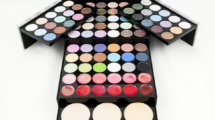
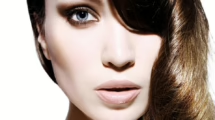
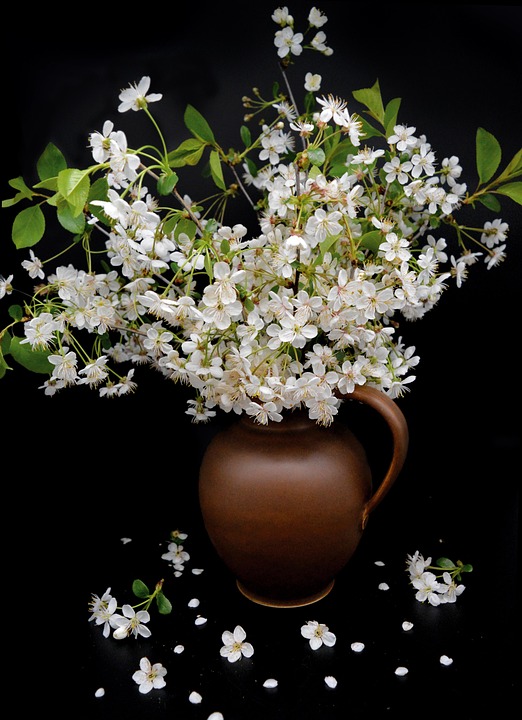
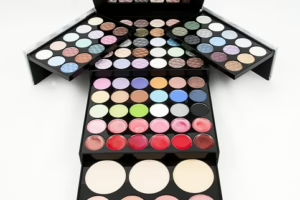
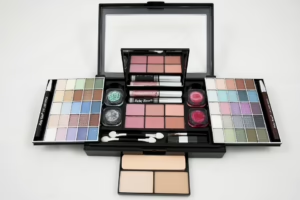
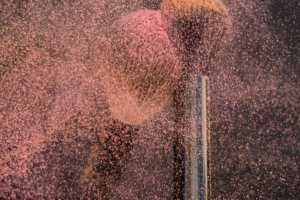
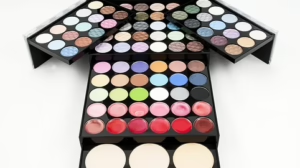
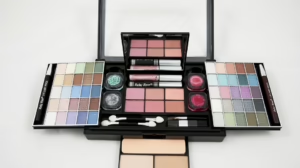





Add Comment